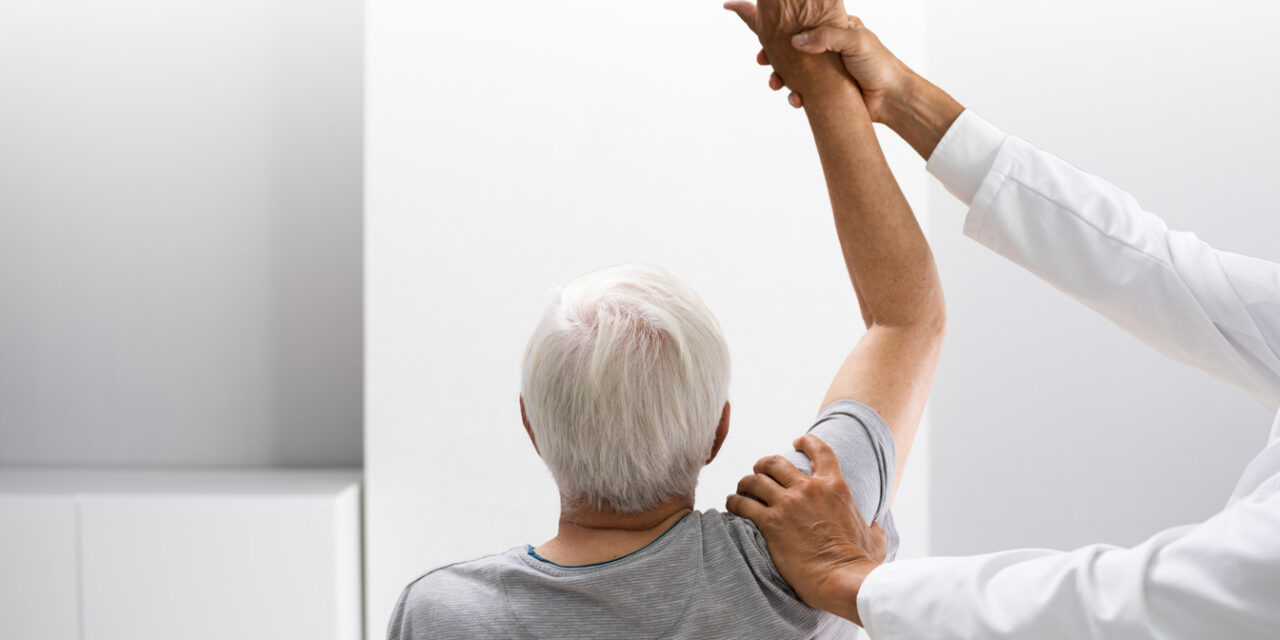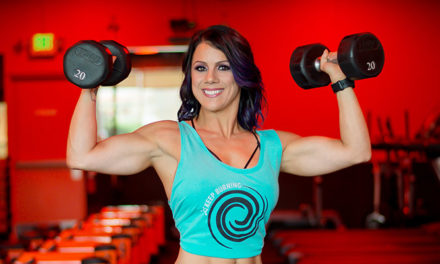Aches and pains seem to be an inevitable part of getting older, but rehabilitation therapy is often overlooked as a solution. Physical therapy helps with mobility, strength, and pain. And since patients can see a physical therapist directly (or by referral), it’s easy to get started.
Joint pain is the number one complaint doctors get as patients get older. Joint pain means less mobility and that means not being as active. This commonly starts around age 50 due to conditions like:
- arthritis
- osteoporosis
- repetitive motion
- sedentary lifestyle
- dehydration
- improper footwear.
It’s important to see a therapist if pain lasts at least two weeks, there is popping or clicking at the joints, or it feels like your ankles roll or knees buckle.
A therapist can teach you how to take care of your joints. That includes finding the right footwear, learning which surfaces are good for exercise, getting enough protein and fluids, and learning proper positioning to reduce pressure on your joints.
Physical therapists can also teach patients exercises tailored to a specific condition. For example, reduced cartilage can cause bones to rub together and create painful inflammation. Since you can’t regrow cartilage, a physical therapist uses exercises to strengthen the muscles to resist compressive forces. That creates spacing between the bones, which decreases the inflammatory process.
Therapists also use hands-on techniques like dry needling, where a technician inserts tiny needles into the body, and myofascial release, which involves pressure and stretching. Both reduce pain and stiffness by improving blood flow, breaking up scar tissue, reducing inflammation, and promoting the body’s natural healing processes.
After just six to eight sessions of physical therapy, many patients report less pain and enhanced strength and mobility. Some can even delay or avoid joint or back surgery.
Physical therapists can also connect patients to rehabilitation for age-related concerns ranging from problems with fine motor skills to cognitive decline. Regional One Health provides a comprehensive rehab program, so occupational therapists and speech therapists work alongside physical therapists to provide holistic care.
Bottom line, when it comes to age-related issues, don’t wait until something becomes severe or chronic to get the care you need. If you feel like things are more challenging than they used to be, early intervention is the best way to address the problem.
Ambrosia Scott is the Outpatient Rehabilitation Manager at Regional One Health. For more information, call 901.545.6877 or 901.545.6290.







